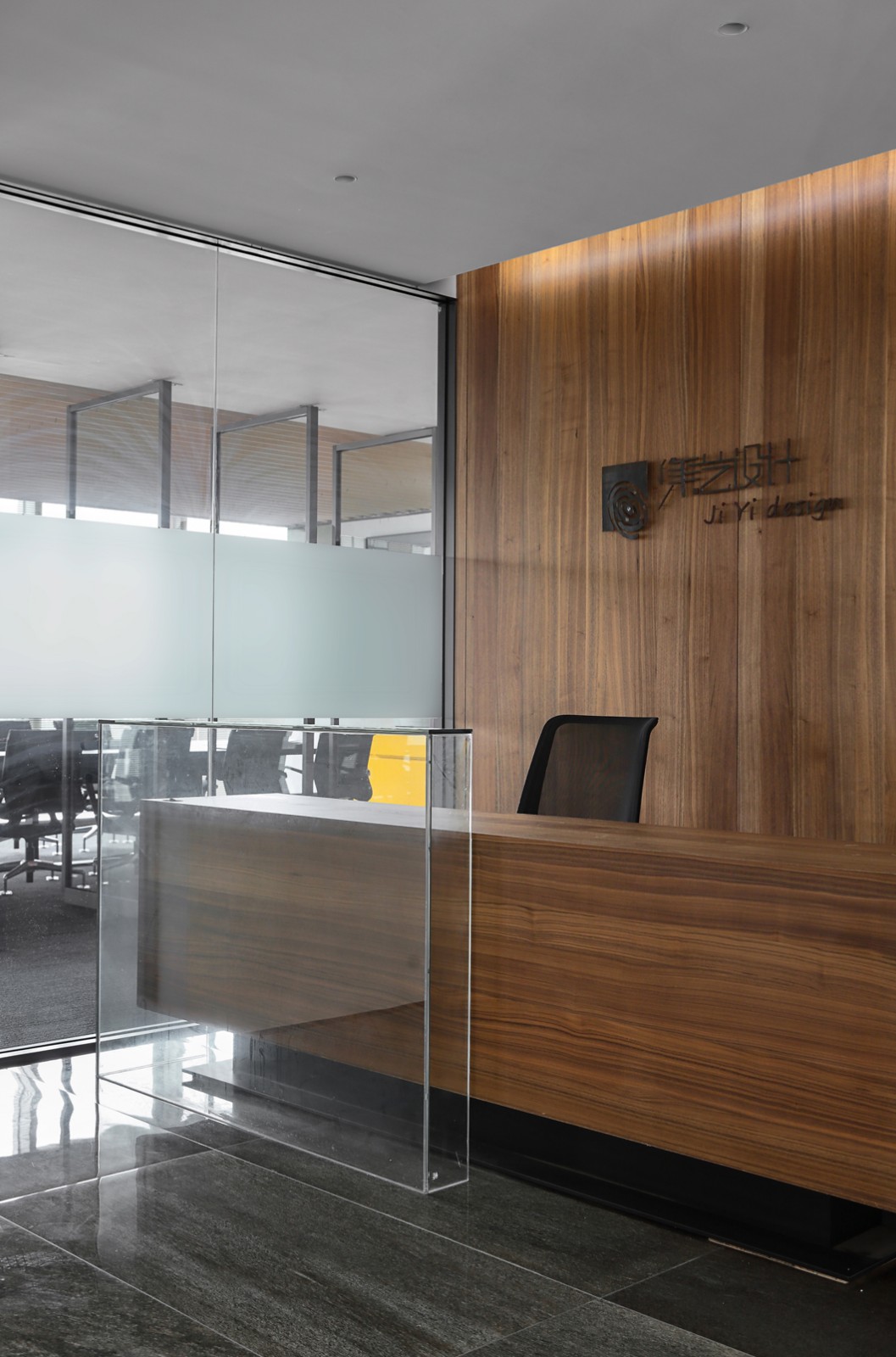Santa Elena Secondary School Marta Maccaglia + Paulo Afonso + Ignacio Bosch + Borja Bosch
2016-02-03 13:00
© Marta Maccaglia
玛尔塔·马卡格利亚(Marta Maccaglia)


架构师提供的文本描述。该项目开始于对所涉社区的研究工作,其中考虑了优势和弱点、梦想和希望。教育是集体增长的典型工具,在圣埃琳娜社区,居民表示愿意重建未来,从学校开始克服过去。
Text description provided by the architects. The project started with research work on the communities involved, which considers strengths and weaknesses, dreams and hopes. Education is a quintessential instrument for collective growth, and in the community of Santa Elena, residents expressed willingness to rebuild its future and overcome the past starting with a school.
© Marta Maccaglia
玛尔塔·马卡格利亚(Marta Maccaglia)


项目战略。
Project strategy.
土壤调查显示这块地的西部有填土现象。由于东部的表面比较坚固,所以我们建议在东侧建造一个紧凑的、纵向的体积。西部地区,较少的阻力地区,是打算在校园,运动场和绿地。
The soil survey reveals a land fill in the western part of the lot. It is the eastern part which has a more solid surface, thus we propose the construction of a compact, longitudinal volume on the east side. The western, less resistant area, is intended for the schoolyard, sports court and green area.
First Floor Plan
一层平面图


卷由两个层次组成。在中心,一个有盖的双高度庭院将学校分成两个部分,两端和中间分别有入口。
The volume is formed by two levels. In the center, a covered double height courtyard divides the school into two sections, with separate entrances at the ends and in the center.
© Marta Maccaglia
玛尔塔·马卡格利亚(Marta Maccaglia)


大楼的北部是教室和学生厕所。南侧设有入口大厅、实验室、图书馆/多用途区域和行政室。
In the northern part of the building are the classrooms and student restrooms. The south side houses the entrance hall, laboratories, library / multipurpose area and administrative rooms.
© Marta Maccaglia
玛尔塔·马卡格利亚(Marta Maccaglia)
_copy.jpg)

钢筋混凝土是用于结构和手工粘土砖的墙壁,而木材的使用仅限于屋顶结构和百叶窗在西和东的正面。百叶窗系统有利于间接照明,保持空间通风和保护走廊免受雨。在教室里,房间顶部的小百叶窗可以让热空气和不断更换的空气排出。
Reinforced concrete is used for the structure and handmade clay bricks for walls, while the use of wood is limited to the roof structure and louvers on the west and east facades. The louver system favors indirect lighting, keep the space ventilated and protects the hallways from the rain. In classrooms, small louvered windows at the top of the rooms allow the escape of hot air and constant air replacement.
© Marta Maccaglia
玛尔塔·马卡格利亚(Marta Maccaglia)


从北边的通道,可以看到南面的通道,走廊的轴线贯穿着整个空间,人们可以通过光的交替和不同空间高度的变化来欣赏建筑的纵向延伸,创造了一个视觉上的对比之旅。
From the north access, the southern access is visible, the hallway axis goes through the volume, allowing one to appreciate the longitudinal extension of the building in an alternation of light and changes in the height of the different spaces, creating a visual tour of many contrasts.
Exploded Axonometric
爆炸轴测


体积在中部向上延伸,向北和南端急剧下降。在厕所的两侧和厕所上方,水箱会积聚雨水,用于浴室,一旦使用,就会被滴灌过滤系统净化,并作为灌溉用水再利用。
The volume stretches upwards in the central part, and a a sharp fall towards the north and south ends. In both edges, and above the restrooms, tanks accumulate rainwater, which is used for bathrooms and once used is purified by a trickling filter system and reused as irrigation water.
© Marta Maccaglia
玛尔塔·马卡格利亚(Marta Maccaglia)


结论.
Conclusion.
建筑不仅必须适应地理、形态或气候条件,而且必须适应社区的文化和社会条件,在整个过程中伴随着这一项目。该项目的启动是一个发展进程的开始,学校是整个社区的一个聚会场所。一个允许年轻人和老年人梦想并走向他们所期望的未来的空间。
Architecture must adapt not only to geographical, morphological or climatic conditions, but also to the cultural and social conditions of the community, accompanying the project throughout the process. The inauguration of the project is the beginning of a process of development, where the school is a meeting place for the whole community. A space that allows young and old to dream and take the path toward their desired future.


















_copy.jpg)



























Architects Marta Maccaglia , Ignacio Bosch, Borja Bosch, Paulo Afonso
Location Satipo, Peru
Category High School
Project Area 700.0 sqm
Project Year 2015































